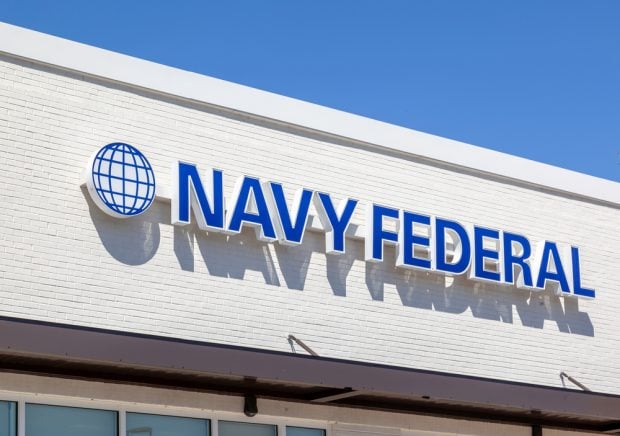
Fiserv DNA, Symitar Episys and FIS Miser ranked as the top three core processors for U.S. credit unions at or above $1 billion in assets, according to CUCollaborate's proprietary database.
Among credit unions between $500 million and $1 billion, Corelation KeyStone took the top slot, followed by Fiserv DNA, and Symitar Episys.
CUCollaborate, Washington, D.C.-based, independent, membership association for credit unions and their partners, ranked the core operating systems from 1 (Very Poor) to 6 (Great), based on reviews and surveys by users of those platforms. For the purposes of this piece, summarizing the data, each core processor had to have at least five credit union clients in the asset-size category.
More than $1 billion in assets:
- Fiserv DNA, average score: 5.18; 49 of 117 credit unions running DNA are over $ 1 billion. Clients by assets: average: $1.4 billion; median: $817 million. Contracts with the bigger credit unions are approximately 5 years, but the smallest credit union is a 1-year contract. Top 3 benefits ranking: MCIF analysis functionality, native application integration, and availability of third-party integrations. Review: clients said Fiserv's datamining capabilities are a great strength as well as integration. Weaknesses listed: mortgage servicing, complexity and pricing for changes, and monthly maintenance fees.
- Symitar Episys, average score: 5.06; 114 of 475 credit unions running Episys are over $1 billion. Clients by assets: average: $824.4 million; median: $385.6 million. Contracts with the largest credit union is 10 years, the average and median are 4-5 years. Top 3 benefits ranking: system documentation, willingness to work with third parties, user training and consulting. Review: Reliability, integration and flexibility were repeatedly listed by users among Episys' strengths. Weaknesses: slow to modernize, including costly third-party integration and old code.
- FIS Miser: average score: 4.59; 17 of 21 credit unions running Miser are over $1 billion. Clients by assets: average, $2 billion, median: $1.6 billion. Contracts with bigger credit unions are approximately 5 years, the smallest credit union has a 3-year contract. Top 3 benefits ranking: MCIF analysis functionality; deposits, and R&D; imaging and third-party integrations, Review: Strengths of the Miser platform, according to one user, include its open architecture, but weaknesses include the hardware expense.
Between $500 million to $1 billion in assets:
- Corelation KeyStone: Average score: 5.63; 12 of 67 credit unions running Keystone are $500 million-$1 billion. Clients by assets: average: $481.3 million, median: $236.0 million. Contracts with bigger credit unions run up to 10 years, the smallest credit union is a 5-year contract. Top 3 benefits ranking: ATM/debit cards, imaging, user training and consulting, system documentation; reporting information and management, system architecture, R&D, relationship management, interoperability of third-party integrations; general ledger, native application integration, disaster recovery and business continuity. Review: KeyStone is seen by clients as modern and reliable, however, its weakness will be its ability to manage growth.
- Symitar Episys (81 of 475 credit unions). See above.
- Fiserv DNA (28 of 117 credit unions). See above.
- Fiserv DataSafe: Average score: 4.176; 24 of 171 credit unions running DataSafe are $500 million-$1 billion. Clients by assets: average: $413.7 million, median: $140.2 million. Contracts with bigger credit unions run up to 7 years, the smallest credit union is a 1-year contract. The average and median are 5 years. Top 3 benefits ranking: imaging, disaster recovery and business continuity, availability of third party Integrations; and relationship management. Review: Stability was the primary strength listed among DataSafe clients who reviewed the platform. Weaknesses included the age of the system and cost of adding third parties.
- Fiserv Spectrum: Average score: 3.81; 26 of 151 credit unions running Spectrum are $500 million-$1 billion. Clients by assets: average: $624.8 million, median: $287.1 median. Contracts with the bigger credit unions run up to 7 years, but the smallest credit union is a 1-year contract. Top 3 benefits ranking: MCIF analysis functionality, ATM/debit cards; native application integration. Review: Spectrum was considered stable and easy to use, according to client reviews. However, the stability that comes from a mature system is counterbalanced by the need to modernize the platform, users said. It can also be expensive.
© 2025 ALM Global, LLC, All Rights Reserved. Request academic re-use from www.copyright.com. All other uses, submit a request to [email protected]. For more information visit Asset & Logo Licensing.






